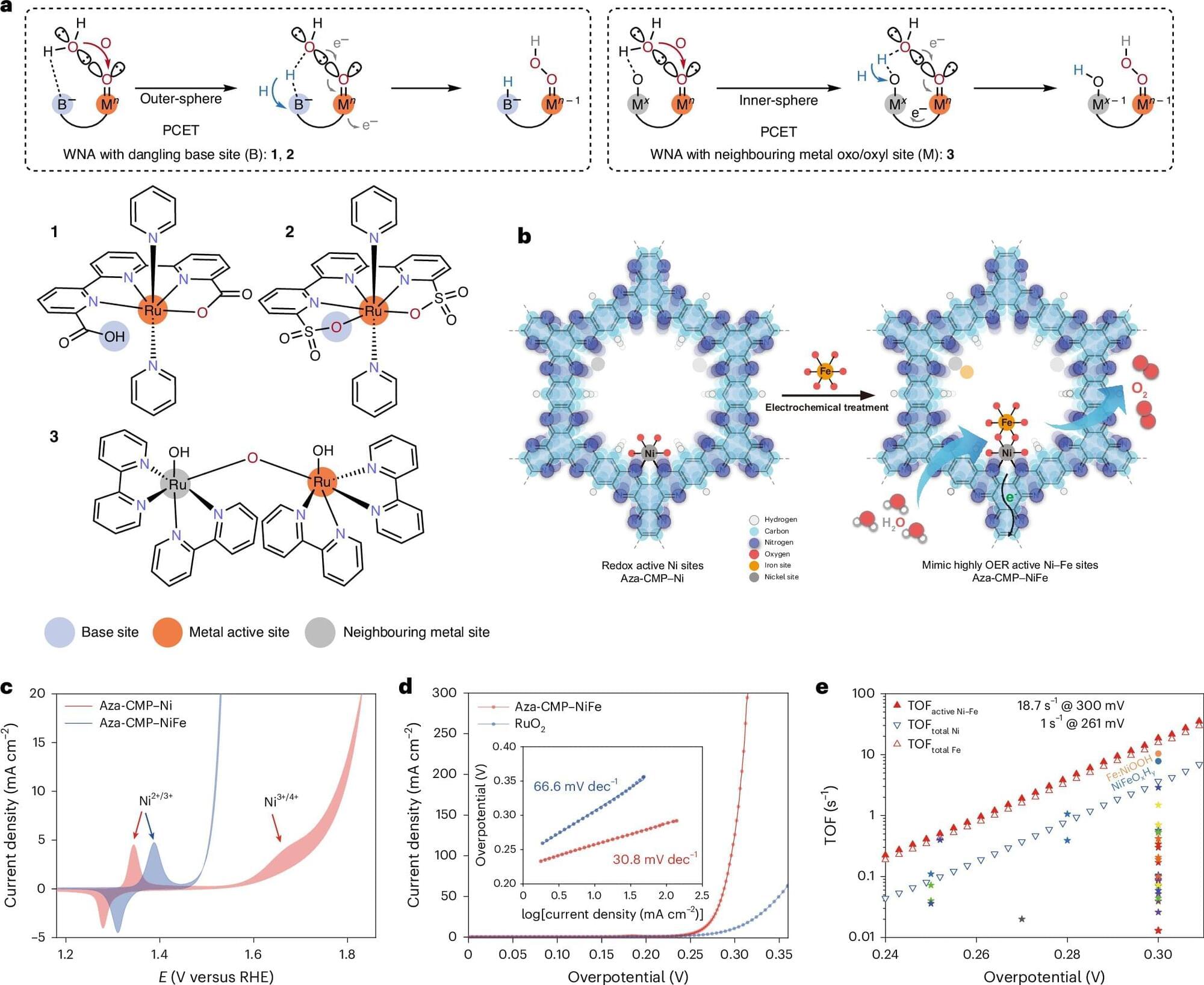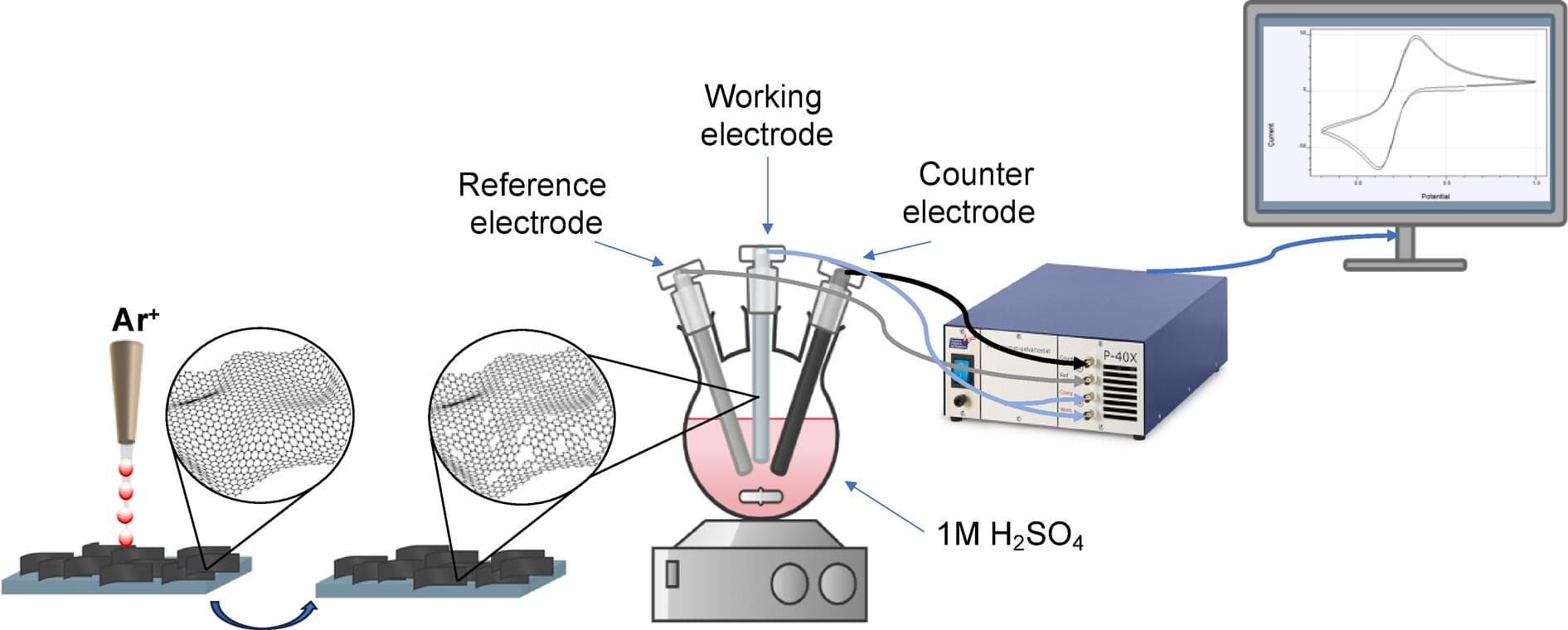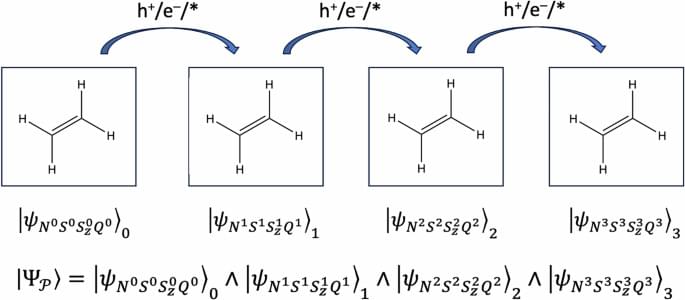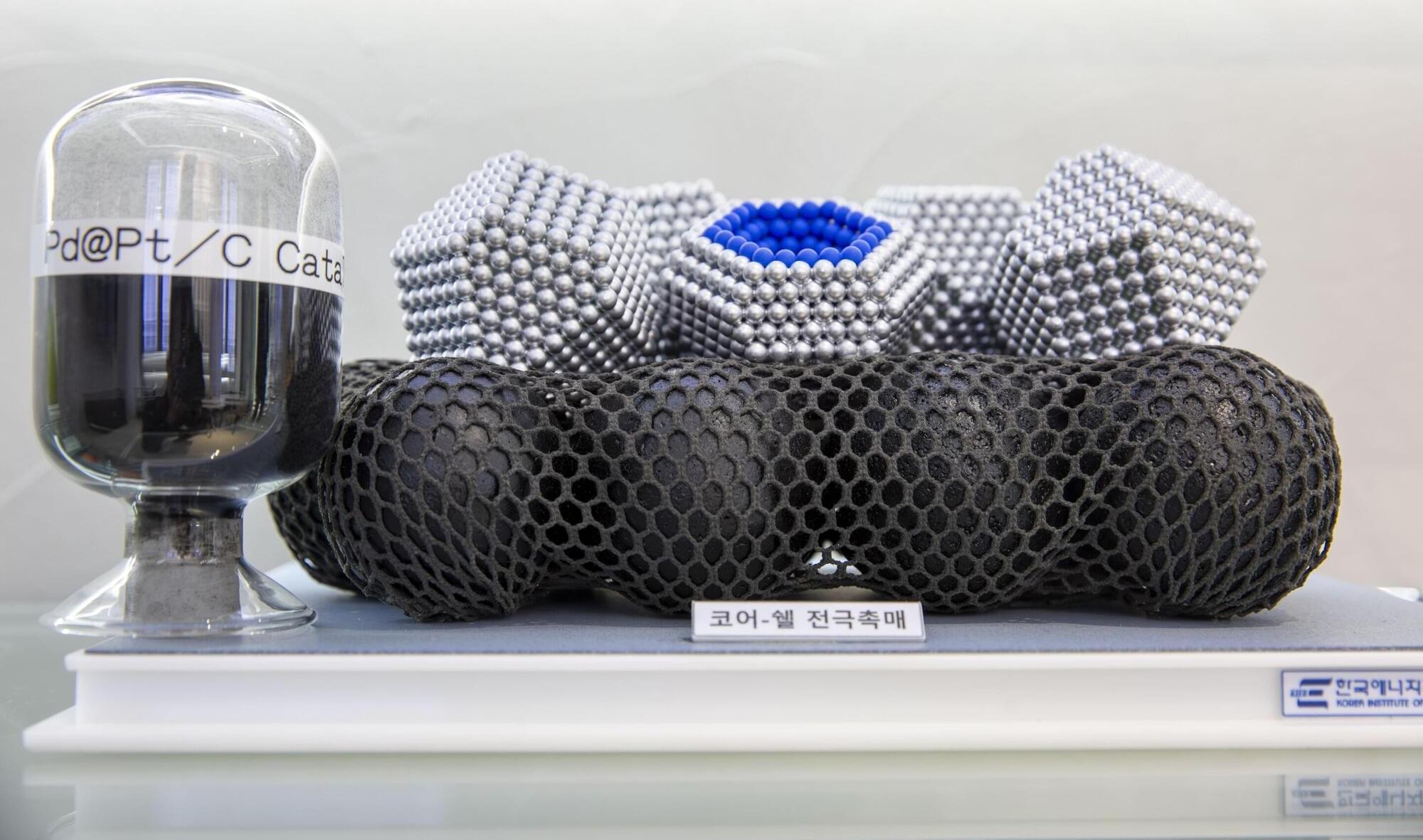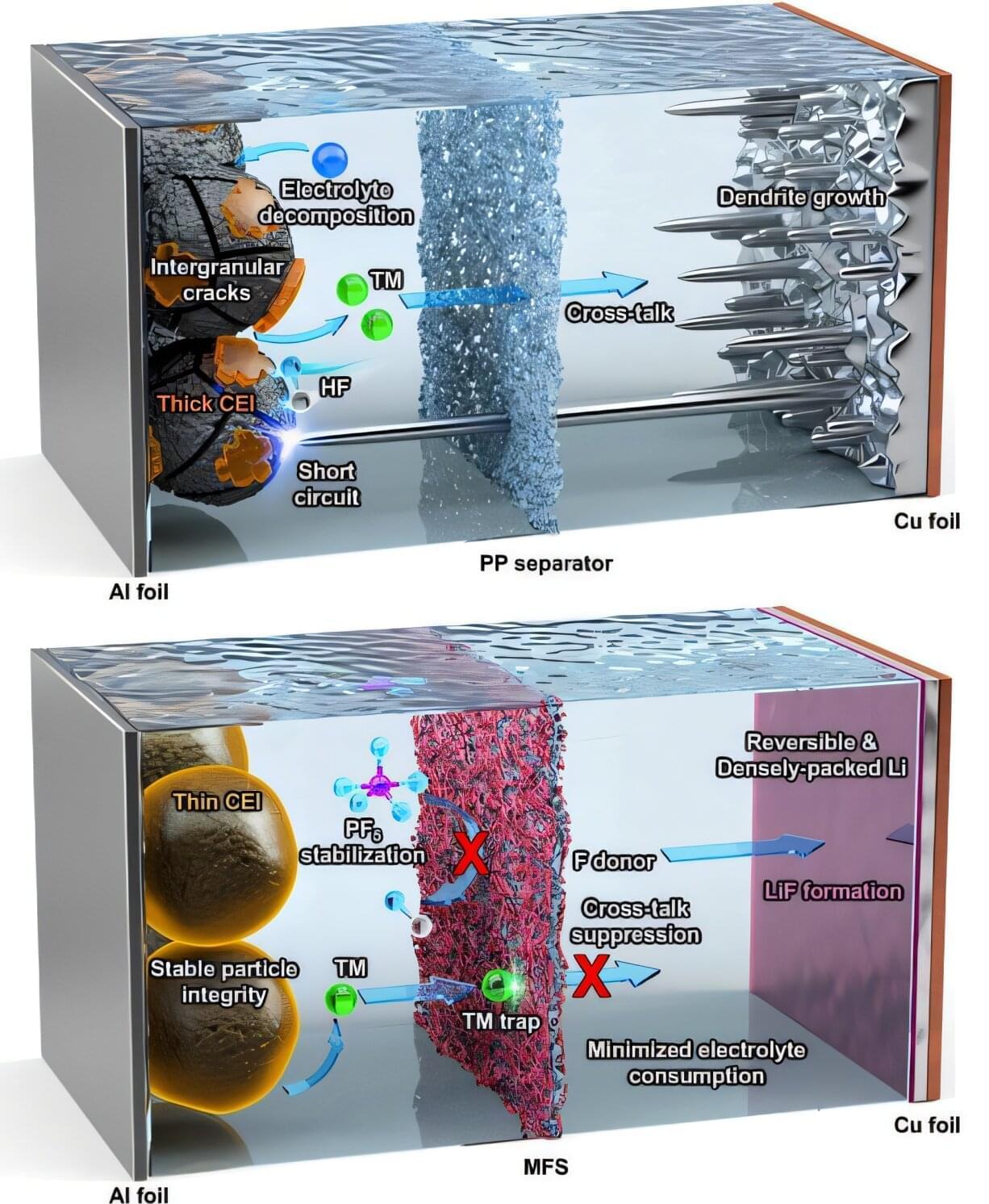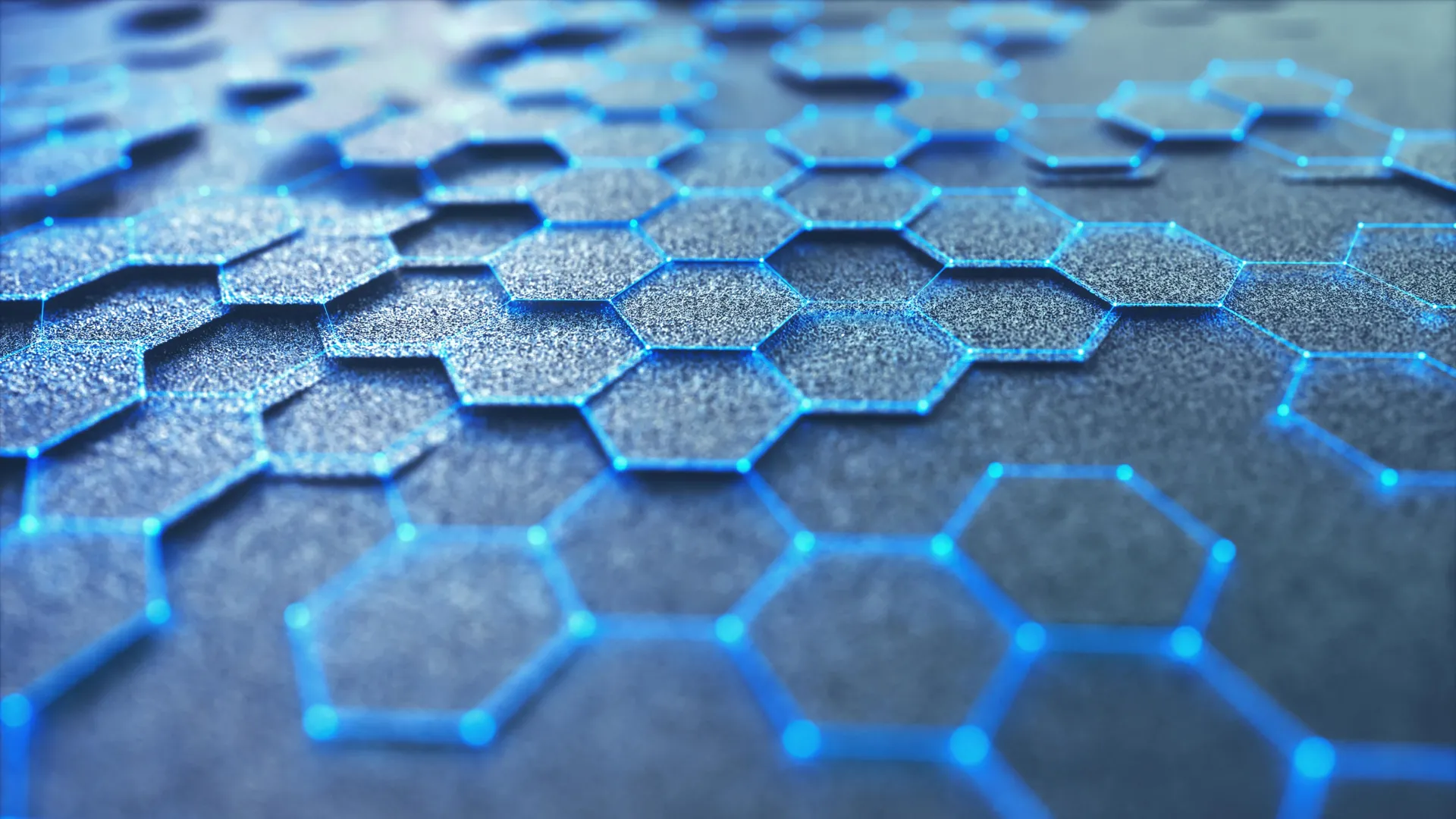A recent advance in the science of hydrogen fuel production could enable higher output and more sustainable production of this renewable energy source, researchers with Stockholm’s KTH Royal Institute of Technology report.
The findings result from unprecedented atomic-scale observations of how catalysts perform in the slow and expensive process of water splitting, or breaking the bond of oxygen and hydrogen. Using a unique set-up, they were able to produce hydrogen gas at rates comparable to or faster than state-of-the-art conventional catalysts.
What’s more, the catalyst remained in good condition after extended operation—a positive sign for commercial viability.
